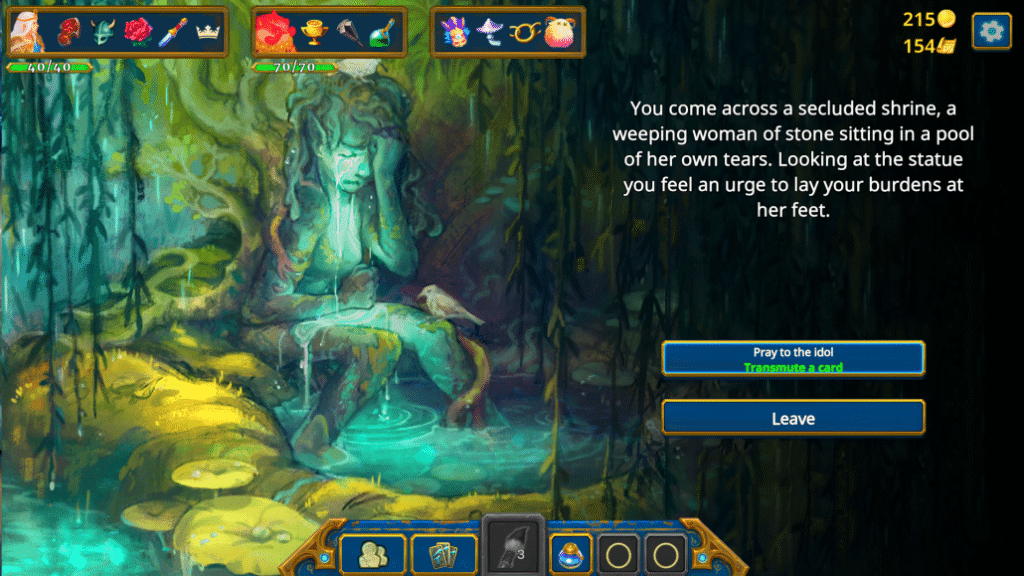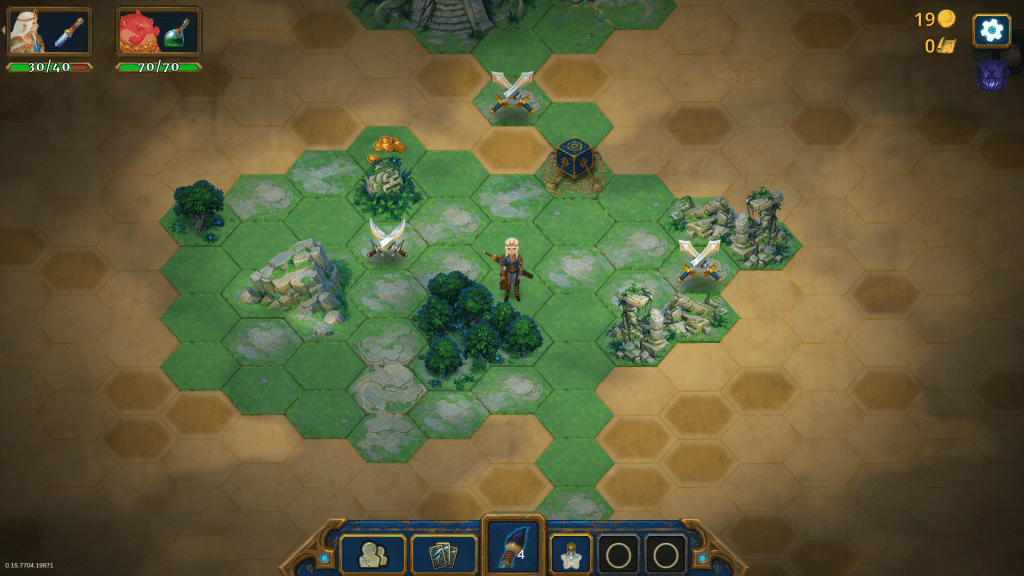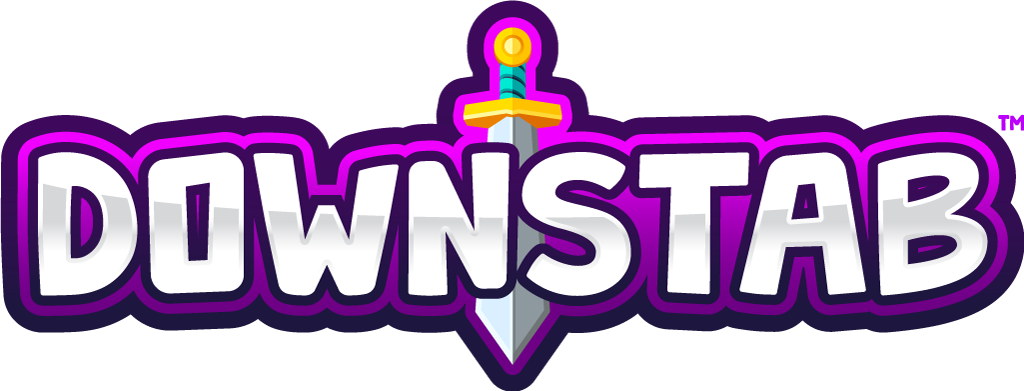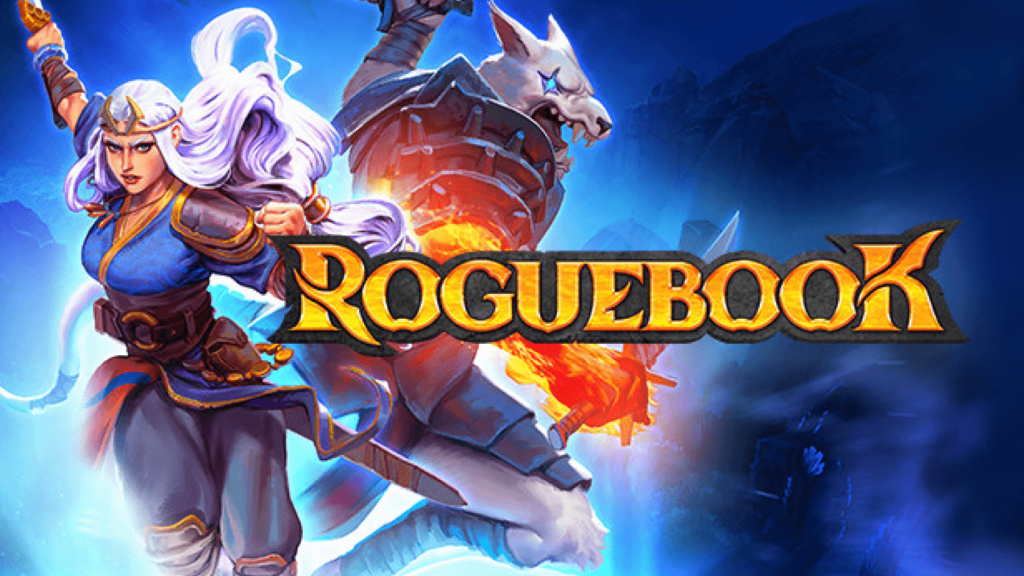It should come as no surprise to patrons of this blog that I like me some Slay the Spire. And did I say like, because I think I meant to say love me some Slay the Spire. So much so it has become my go-to comfort game to play a round every day or so and just see what I can achieve next. I’ve got my friend group playing it now too, and even have the Kickstarter board game (which I highly recommend to any fans of the video game). All of this is to say I have a firm grasp on the game, and think quite highly of it.
Since its release in 2019, Slay the Spire has had an immense impact on the Roguelite genre, specifically the deck building sub-genre. Taking a look at any popular games over the past near-decade and you see a deck builder here and there, with the most recent of which being Balatro, which I’ve still yet to play. Wanting to scratch that itch for a new deck builder, I found myself trying these games out left and right. Something to recreate the fun of Slay the Spire, before I inevitably return to indeed slay that spire. Image & Form’s SteamWorld Quest was perhaps the biggest and best game in my endeavor, offering something truly unique and a spin-off I’d love to see a sequel too some day. Dicey Dungeon was super close to being awesome, but fell just short in my opinion (a solid game though, don’t get me wrong. A 5 out of 6 for sure!). And other random one-off’s like Griftlands and Inscryption offered hours of fun, but nothing quite like Slay the Spire.

Enter Roguebook, a game that flew onto my radar back in 2022 when it released on consoles. The game is a clear homage to StS in both it’s look and execution: your deck is themed after the character you choose. The card design and layout is similar. There are essentially relics and perma-upgrades for runs. There are three acts to complete (at least initially), each with a tougher boss battle to cap them off. The list goes on. Being me, I naturally waited 2+ years for the game to go on sale to under $5 before finally taking the plunge. While some of the above mentioned titles danced around the ideas of Slay the Spire in their gameplay, Roguebook is blatant in its execution of imitation.
You can read most all of the links above to get my thoughts on Slay the Spire and how it plays, so instead, here are the differences that are seen in Roguebook. First off, you form a party of two player characters, each with their own unique mini-deck. These decks combine to create one play deck for your run, which adds a great layer of variety to each playthrough. Seifer, for example, brings a sort of risk/reward with a rage mechanic and spending your own life for more damage. And then Sharra is more of your standard attack/defense character. There also seems to be a lot more in-combat mechanics and keywords to keep track of, which is likely in large part to the game being co-developed by Richard Garfield, the creative mind behind the trading card game Magic: The Gathering. Also, the game is a bit more open for exploration, as instead of moving through a set of pre-determined paths, you can use paintbrushes and inks to reveal sections of the “Book” and find new pathways and places to interact. It’s superficial in a sense, but does offer some agency in progress, as well as capitalizing on the theme of the overall game.

There are more things to differentiate between the two games, but I want to focus on something both of these games do right, and that is the cards. Roguebook has a lot of cards and effects to manage, and when you get a good system going, it feels fantastic. Building up a ton of block and swapping your front and back characters effectively, only to then use that block to deal massive damage is incredibly satisfying. What good are cards if you don’t have fun enemies to fight, and Roguebook for the most part delivers here too. I felt the enemies were relatively simple to overcome, but they did require some clever manipulation to defeat. I can imagine some of this innate strategy likely comes from years of playing both Magic: The Gathering and Slay the Spire, so a newcomer to this genre playing Roguebook first will likely find things a bit more difficult. Still, I appreciated the game wasn’t just a “here’s an enemy with one attack, now beat it” sort of thing, instead requiring some thought and late-game deck strategy.
The major question I find myself asking is unavoidable: will Roguebook dethrone, or at the very least get some time from, Slay the Spire. The short answer is no; the game just lacks the charm. Visuals are good, but I prefer the somewhat cartoony look in Slay the Spire. The mechanics are strong in Roguebook, but they’re debatably just as strong in Slay the Spire. The points Roguebook does take, like the two-character deck fusion, the front-back defensive system and multiple health bars, are wonderful. However they are not enough to truly dethrone the king. Despite all of this, Roguebook has left a positive impression on me. I will remember this game just like I do Steamworld Quest and even something like Dead Cells.

Roguebook absolutely owes its success to Slay the Spire. At least in part. The game wouldn’t be nearly as well received in my opinion if Mega Crit’s game hadn’t come out first. There is fun to be had with Roguebook, and it is a respectable addition to the ever-growing catalog of solid roguelite deck builders. Now, someone hand me a controller, I’ve got an A20 run to complete.
Laters,
Jsick






